 If you live somewhere where sunshine is a year-round presence you will want to know how it can affect your vein health!
If you live somewhere where sunshine is a year-round presence you will want to know how it can affect your vein health!
The Importance of sunscreen when it comes to veins
These days most of us do put on sunscreen when laying out catching some rays. Sunscreen can deter UVA and UVB rays from doing skin damage, aging the skin or leading to cancer. While many are aware of the dark spots or wrinkles the sun may cause but what many don’t think about how sun exposure can egg on spider veins to form on the nose or cause already active vein disease in the body to worsen. With people currently flocking to South West Florida for the end of the beach season, it’s important to be aware of how to protect your skin from the sun whether it’s on the beach or just gardening in the yard.
Can the Sun Actually Cause Varicose and Spider Veins?
Yes and no. The sun can cause spider veins. It cannot cause varicose veins.
Many people believe a good tan will hide the appearance of spider veins, which is true. However, it’s a temporary measure and one that can backfire if you get too much sun, causing even more spider veins to spread.
Should I Avoid the Sun?
The only time you really should avoid sun exposure is if you have recently had a vein removal done. It is important to protect the skin after such treatment. Doctors recommend that people who have undergone vein treatment surgery should remain out of the sun anywhere from 3 to 8 weeks. The sun’s rays can cause pigment changes in the skin. Once the doctor clears you to go in the sun, it is important to apply sunscreen to the area to protect the skin.
Spider Veins: The sun breaks down collagen under the skin and in blood vessels right beneath the surface causing spider veins to appear. Sun exposure may also cause veins in your face to do the same, especially in light-skinned individuals.
Varicose veins: On the other hand, varicose veins are never created by the sun. However, veins that are diseased may worsen in hot weather. The sun’s heat can cause the veins to dilate and enlarge causing venous distention. Venous distention is a condition in which veins swell due to being filled with more blood than is needed. An increase in blood and size means swelling and pain.

When Is the Best Time of Year to Get Veins Treated?
The winter months are the ideal time to get skin looking healthy for the summer. Most people don’t think of their veins during the colder months because we wear so much clothing, but it can make life a lot easier to get problems fixed before summer beach weather returns.
Why Winter Treatment is Ideal:
- Veins can worsen in winter months from inactivity.
- Veins could require additional treatments, so there is plenty of time to be ready for the warmer weather.
- Compression hosiery is often worn before and after varicose vein procedures. These stockings are easier to wear or hide in cooler months.
Learn More About Sun Exposure and Veins
If you have concerns about sun exposure on your spider or varicose veins or have any other questions about treatments, schedule an appointment with a vein specialist. If you are in the greater Tampa area, you can schedule a visit with Dr. Zuzga of the West Florida Vein Center at (727) 712-3233. www.westfloridaveincenter.com.


 Pelvic Congestion Syndrome is a chronic medical condition that affects nearly 1/3 of all women at some point during their lifetime.
Pelvic Congestion Syndrome is a chronic medical condition that affects nearly 1/3 of all women at some point during their lifetime.
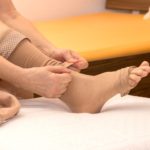
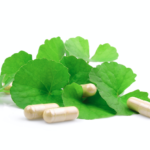
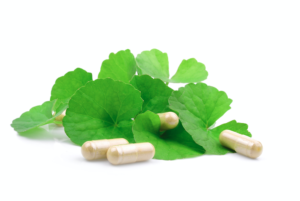 Varicose veins are not only a visual distraction they are also often painful and uncomfortable. Lifestyle alterations can help – exercising more regularly, quitting smoking, maintaining a healthy weight – all can do wonders. While the best options to permanently eliminate varicose veins are medical in nature there are some natural things you can do at home which may help support vein health overall.
Varicose veins are not only a visual distraction they are also often painful and uncomfortable. Lifestyle alterations can help – exercising more regularly, quitting smoking, maintaining a healthy weight – all can do wonders. While the best options to permanently eliminate varicose veins are medical in nature there are some natural things you can do at home which may help support vein health overall.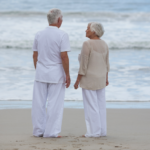

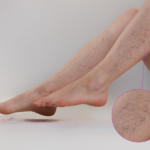
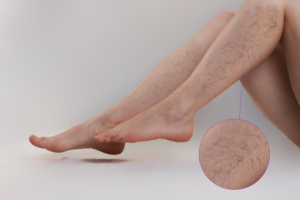 People often incorrectly use the terms “spider veins” and “varicose veins” interchangeably, and it’s important to understand that these are two very different conditions.
People often incorrectly use the terms “spider veins” and “varicose veins” interchangeably, and it’s important to understand that these are two very different conditions.
 The damage done to the circulatory system is most noticeable in the form of surface-level varicose and spider veins. Vein disease often causes pain on top of cosmetic embarrassment, but the true damage and potential for life-threatening issues occur internally.
The damage done to the circulatory system is most noticeable in the form of surface-level varicose and spider veins. Vein disease often causes pain on top of cosmetic embarrassment, but the true damage and potential for life-threatening issues occur internally. 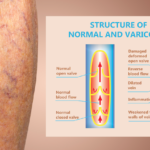
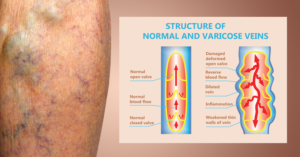 Our circulatory system is an amazing mechanism. Veins run throughout our entire body. They feed blood to every organ and cellular tissue. When veins sustain damage from trauma or vein disease – venous insufficiency they begin stages of venous insufficiency.
Our circulatory system is an amazing mechanism. Veins run throughout our entire body. They feed blood to every organ and cellular tissue. When veins sustain damage from trauma or vein disease – venous insufficiency they begin stages of venous insufficiency.